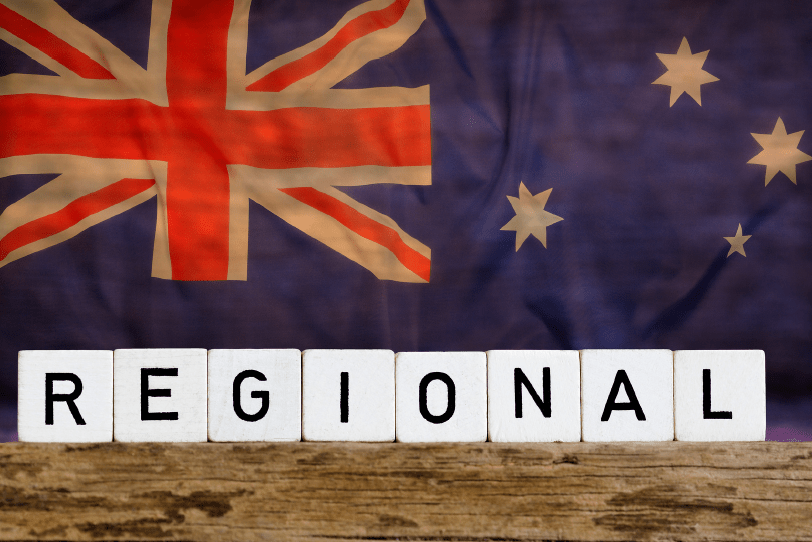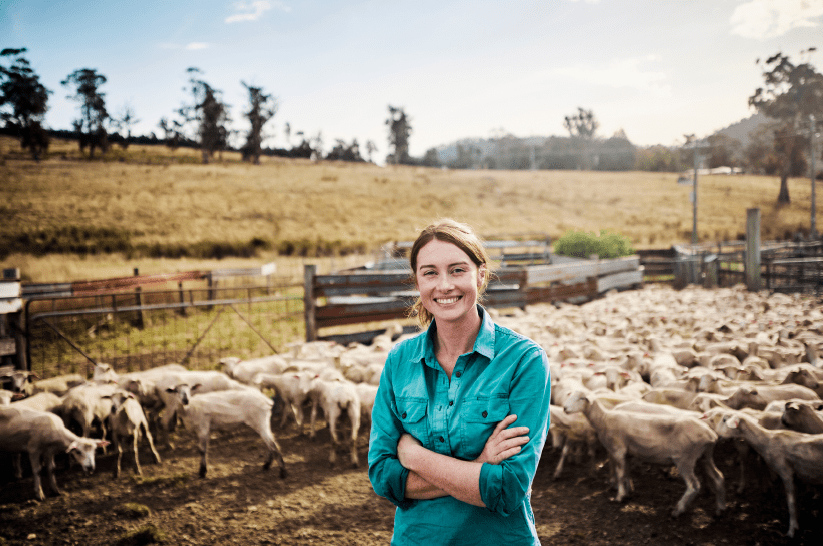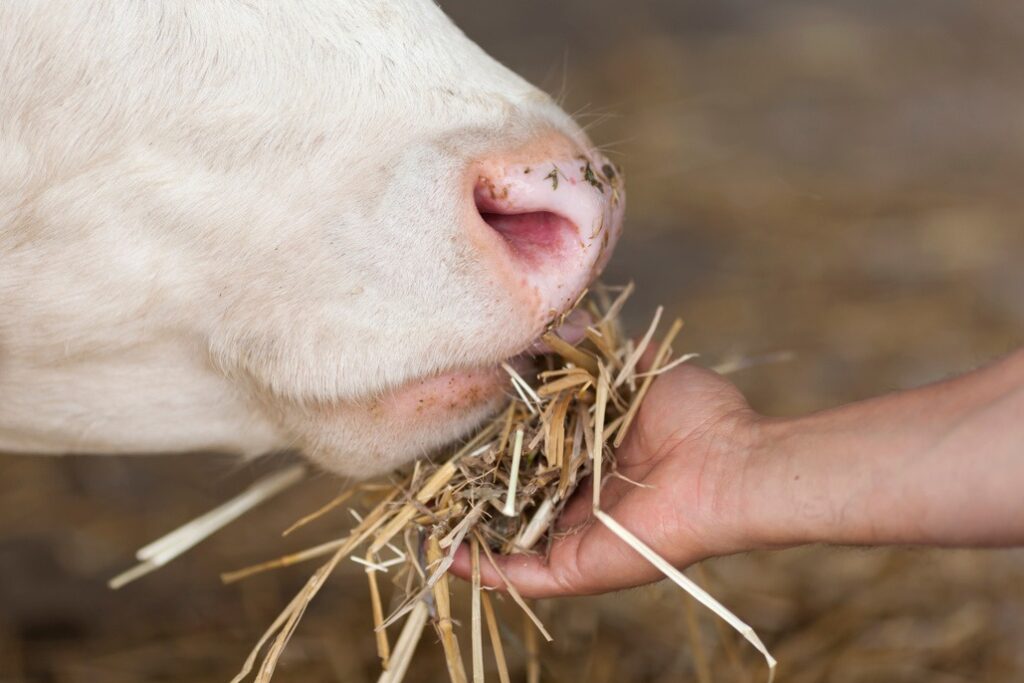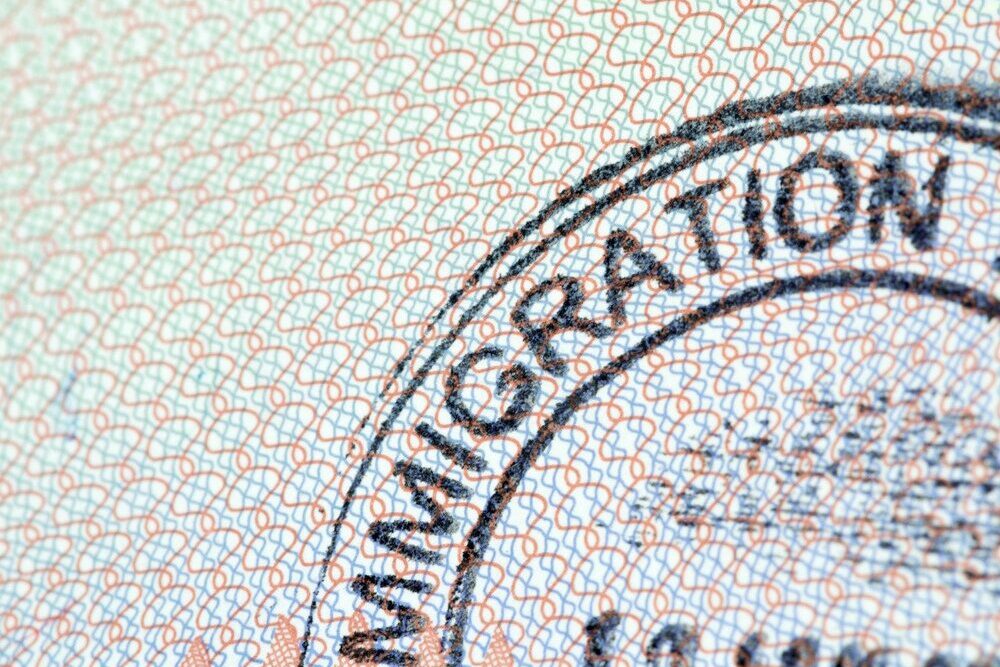OUR IMMIGRATION SERVICES
Our experienced migration team offers professional assistance throughout the entire visa process. We support you through every stage, from understanding your options to submitting your application, and advocating for you if there are any issues.
Where we step in
Our Team has over 34 years experience and our skilled lawyers know exactly what it is like to go through migration and live as a migrant in this country. That’s why we are so dedicated to supporting you through the visa process, bringing awareness and empathy to the emotional strain that can often go along with making such a big life change. We untangle confusing legalities and save you time, money, and stress from unnecessary delays. We partner with you to make sure you have the right visa for your situation and a clear migration pathway.
-
Sep 27, 2024
-
Sep 27, 2024
-
Sep 27, 2024
-
Sep 27, 2024
-
Sep 27, 2024
Ready to find out more?
Complete the Eligibility Assessment Questionnaire and a member of our skilled team will contact you.












